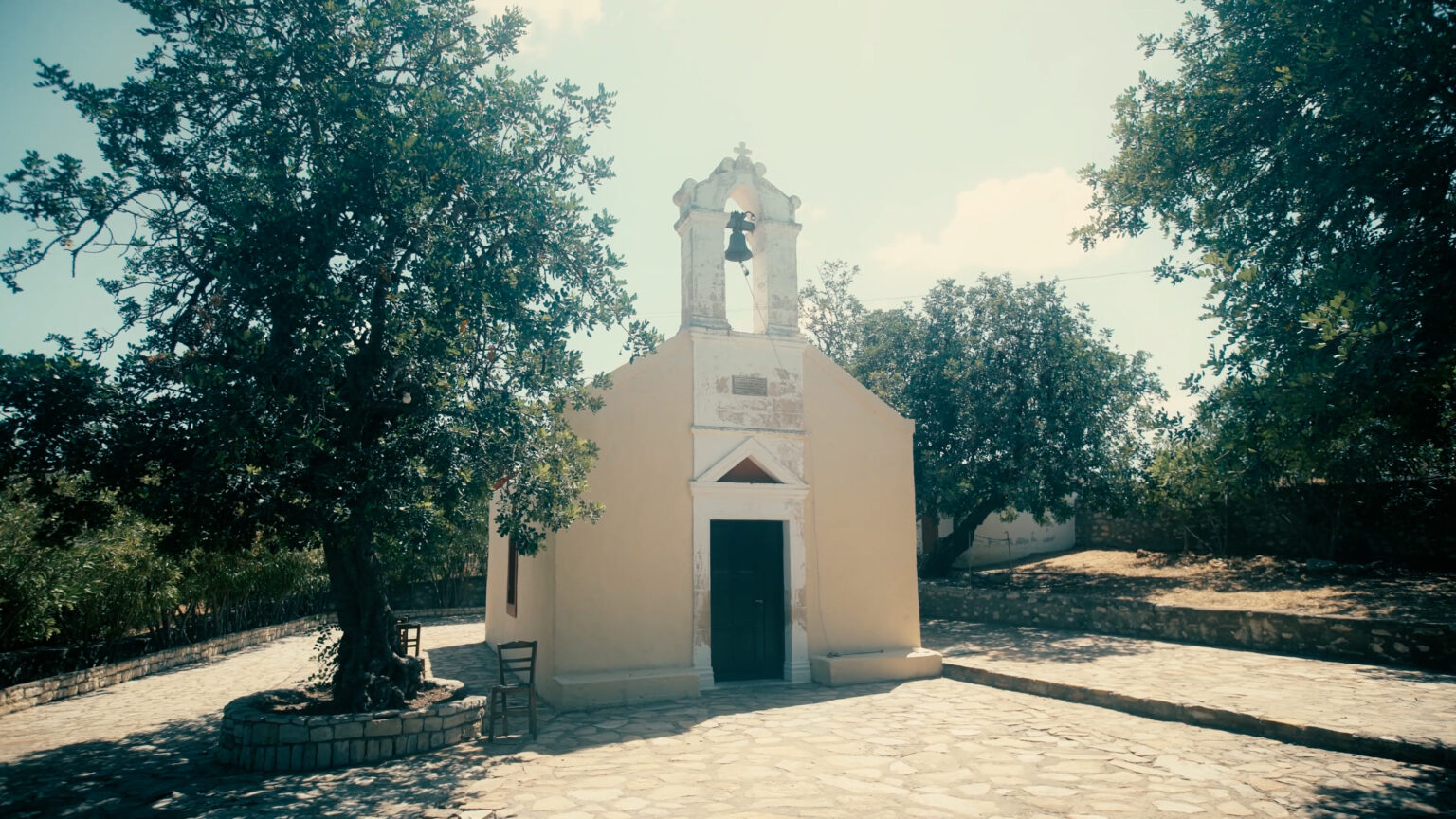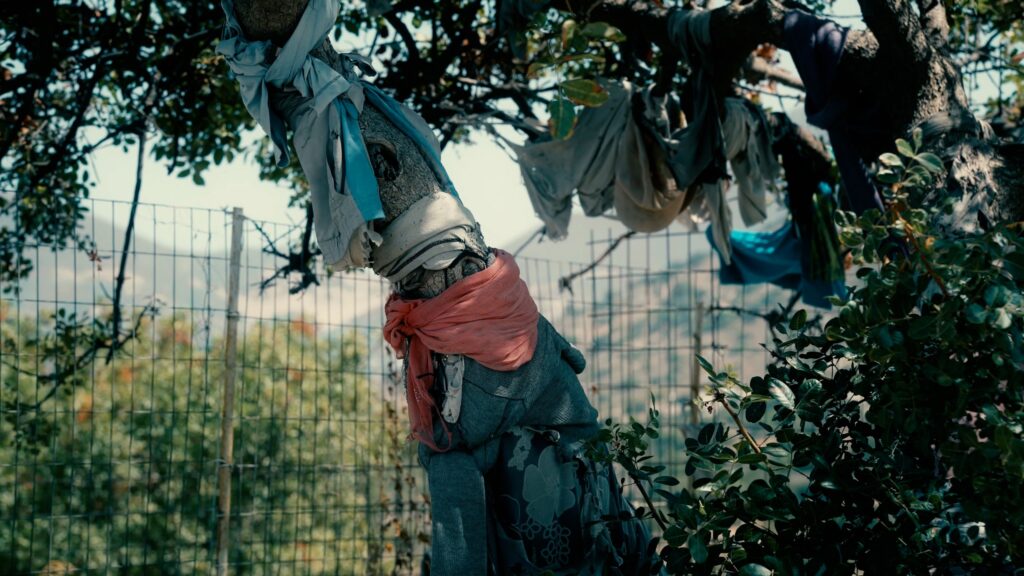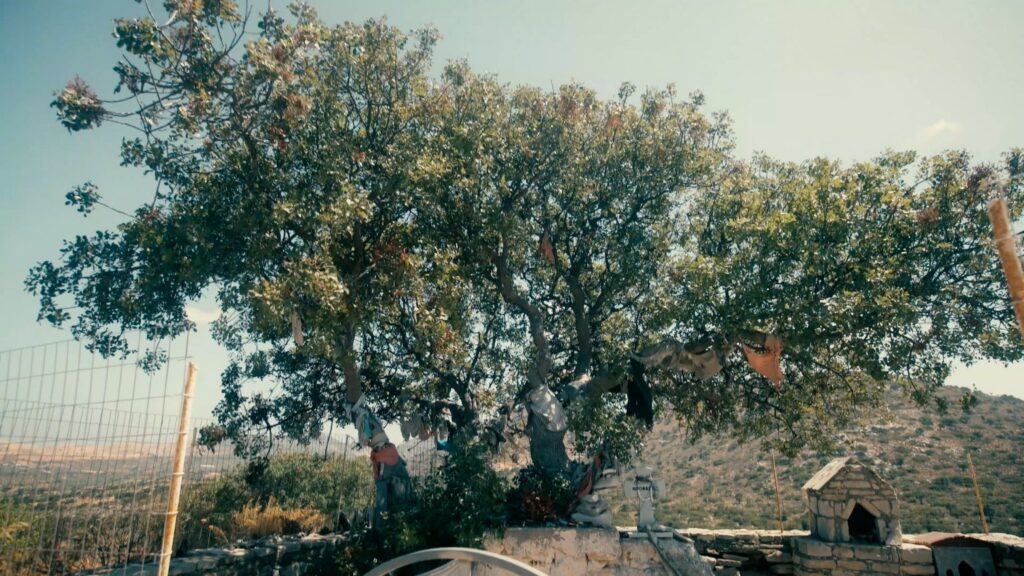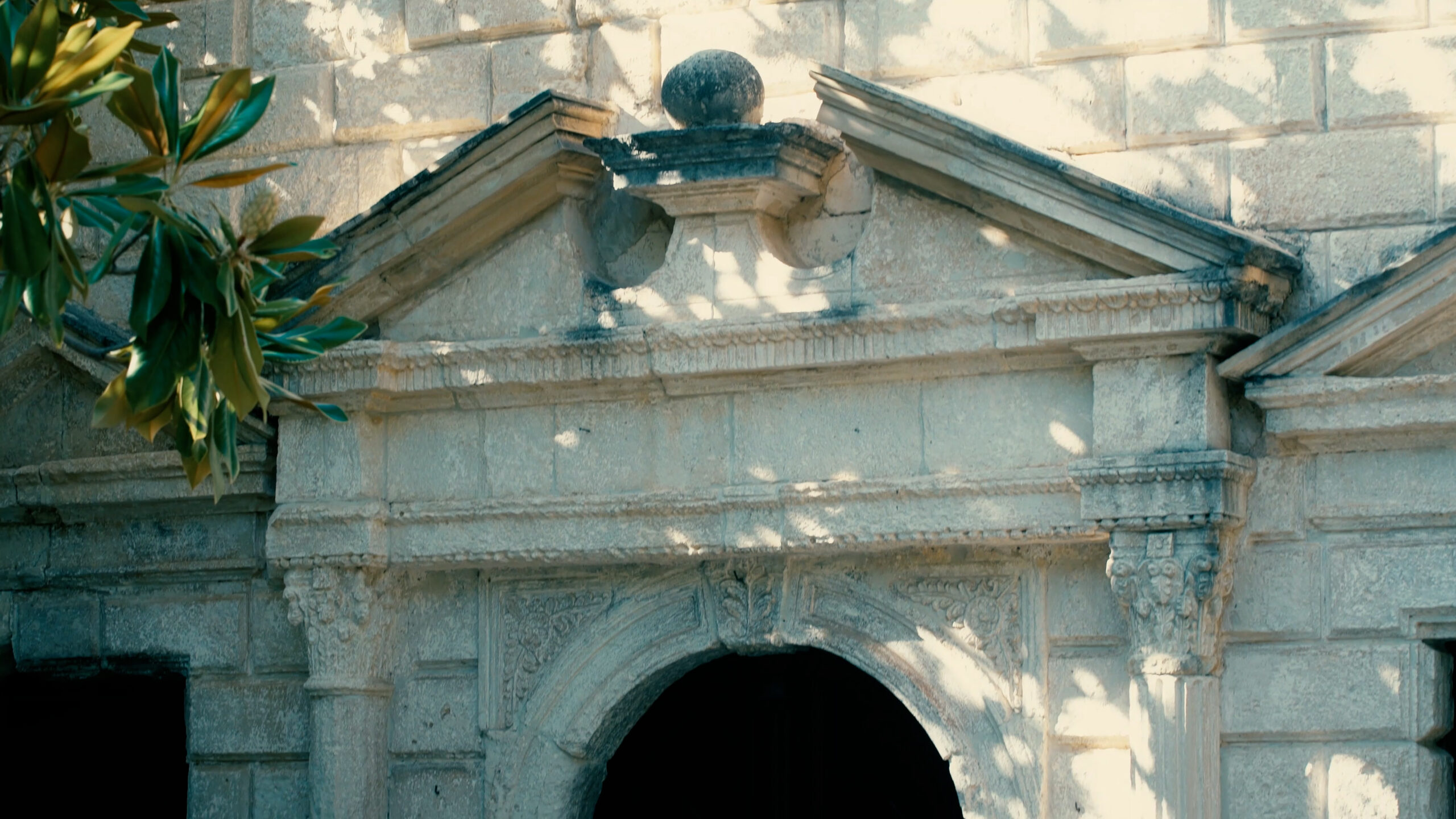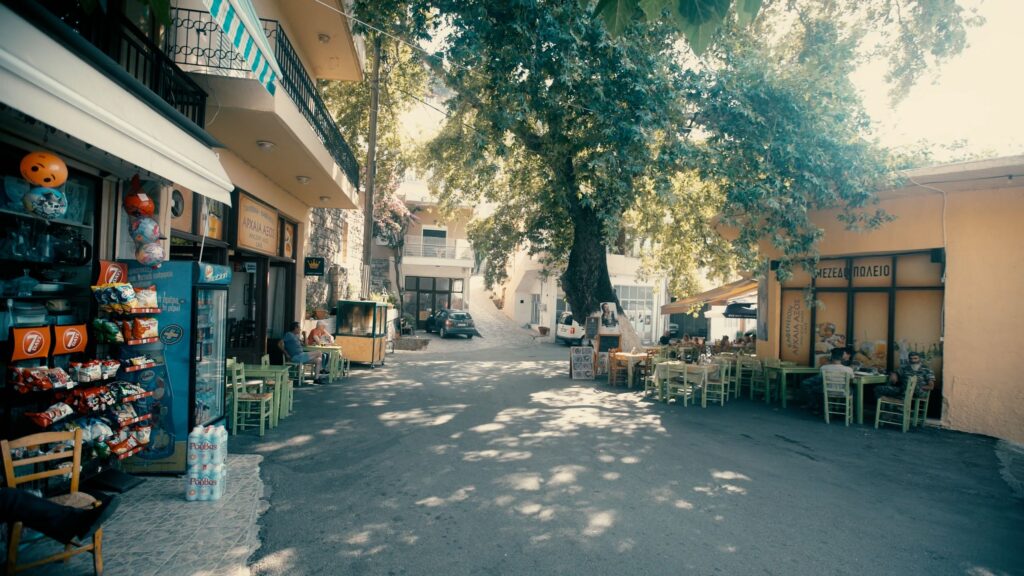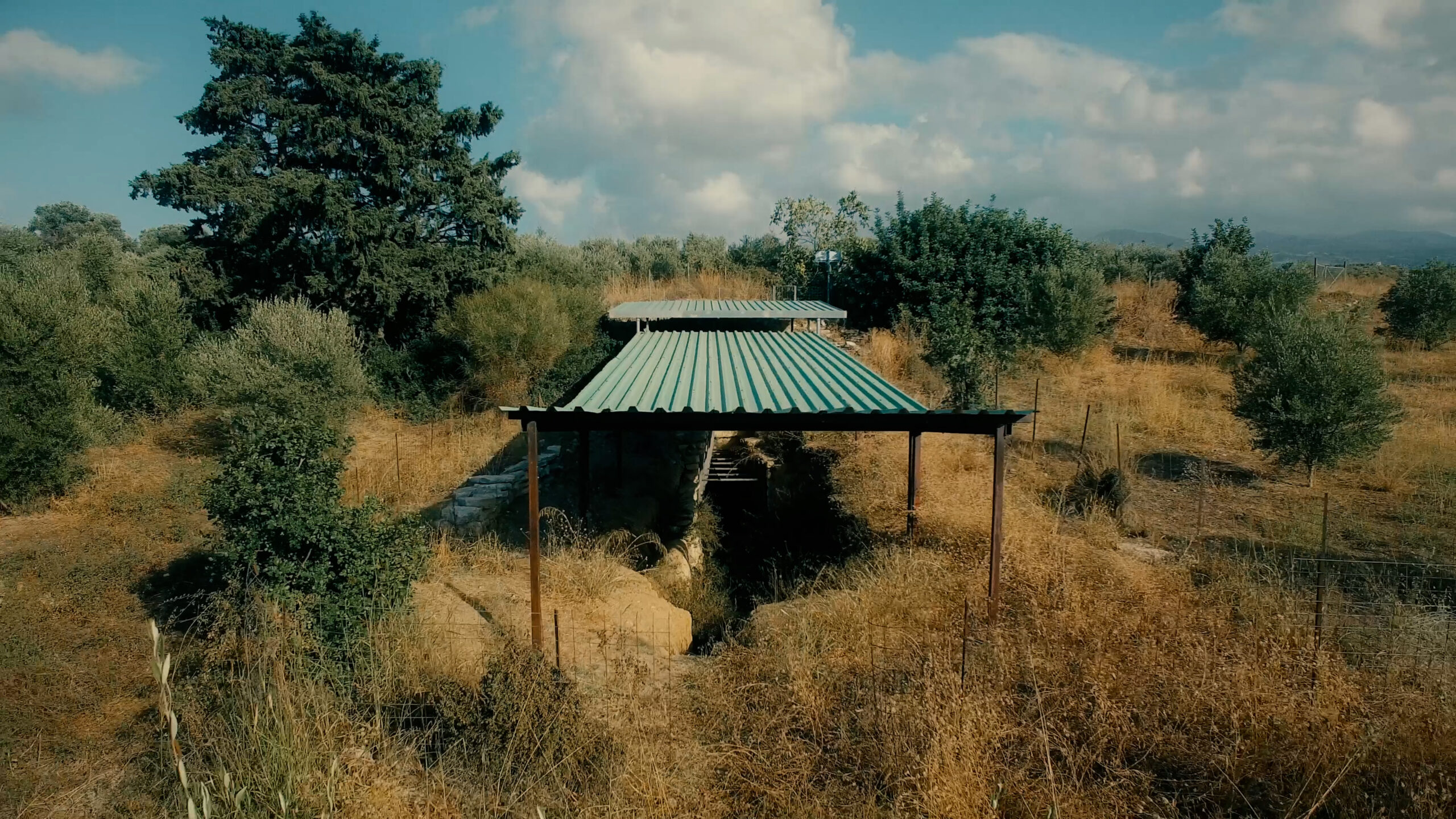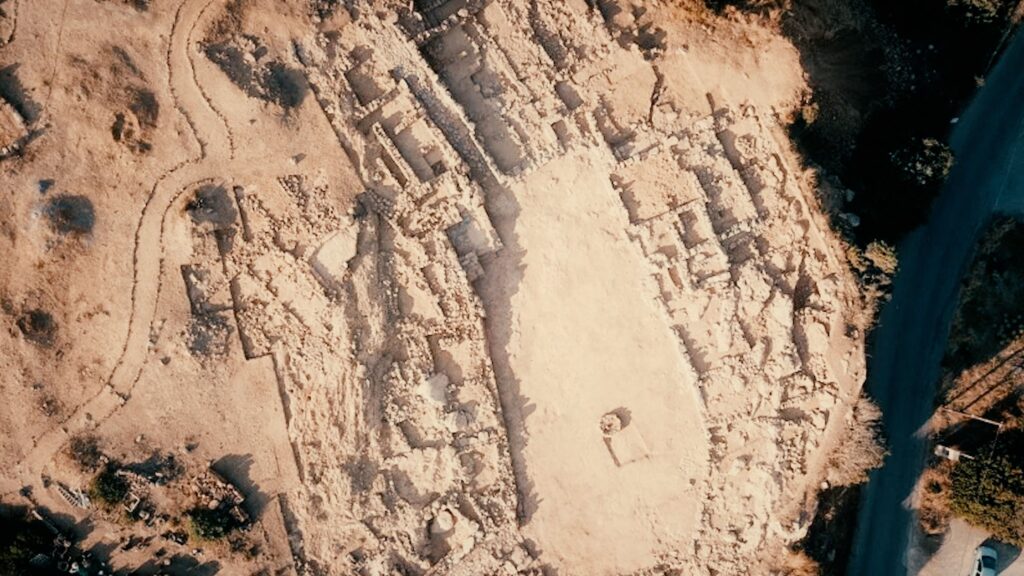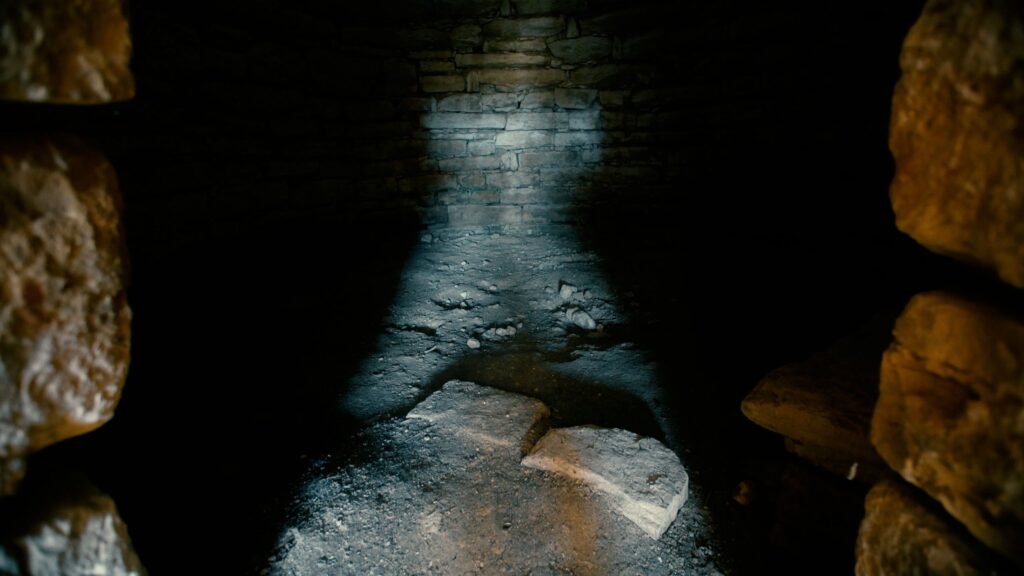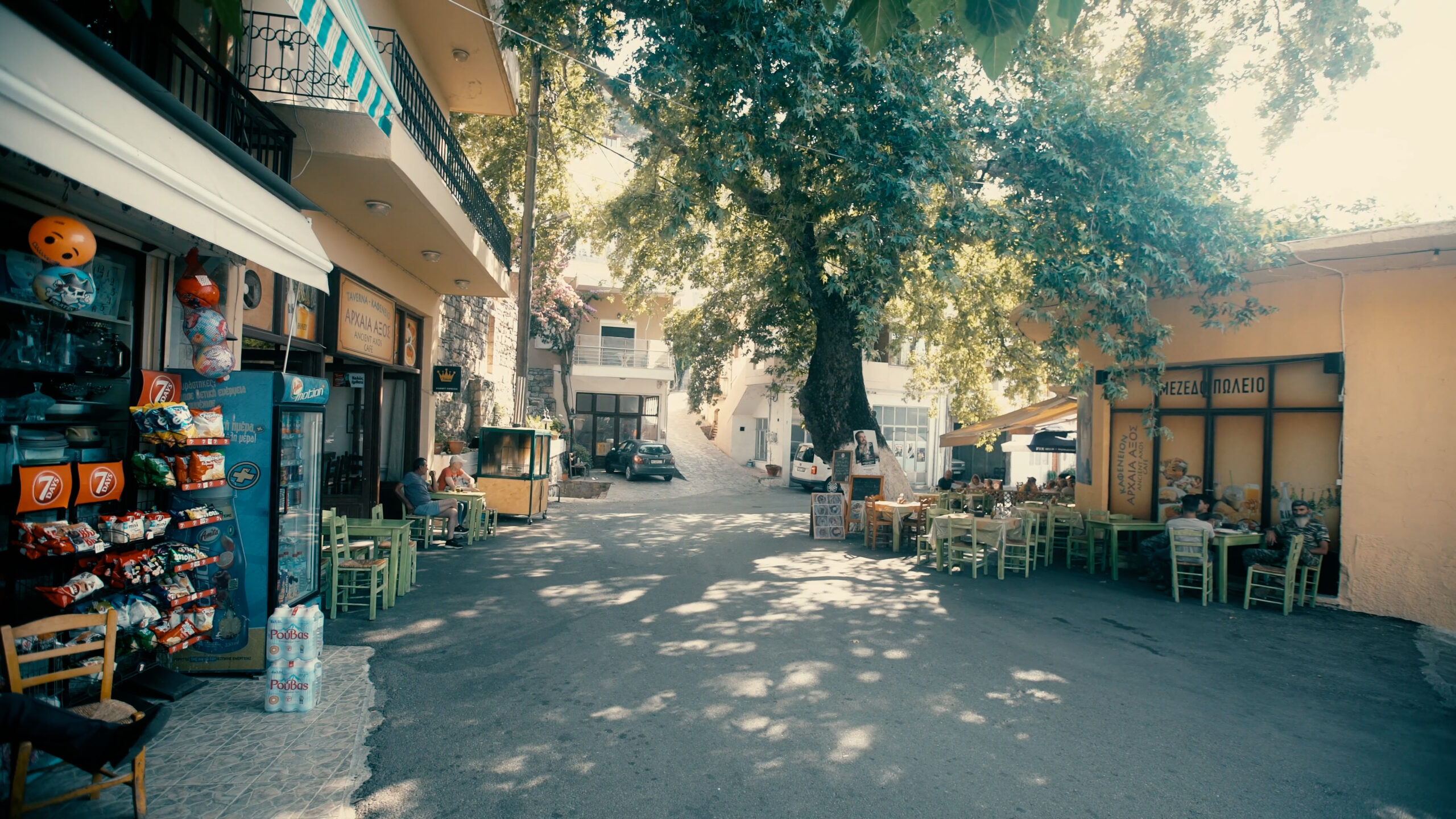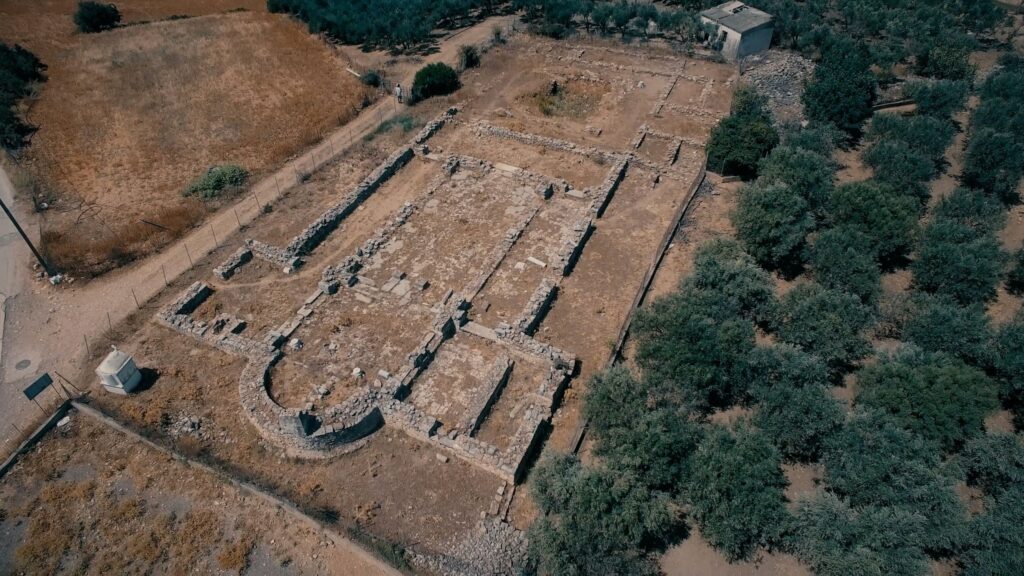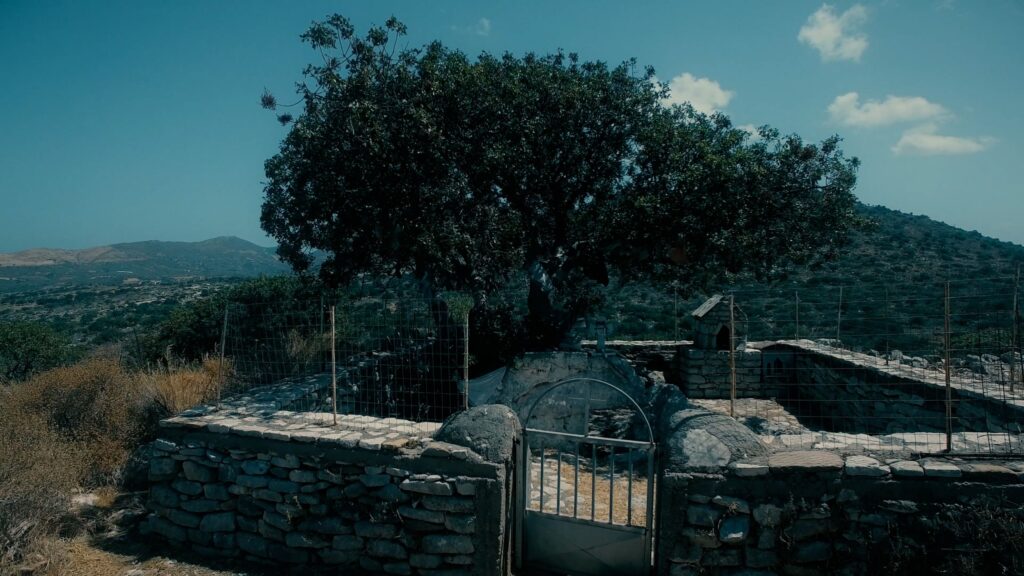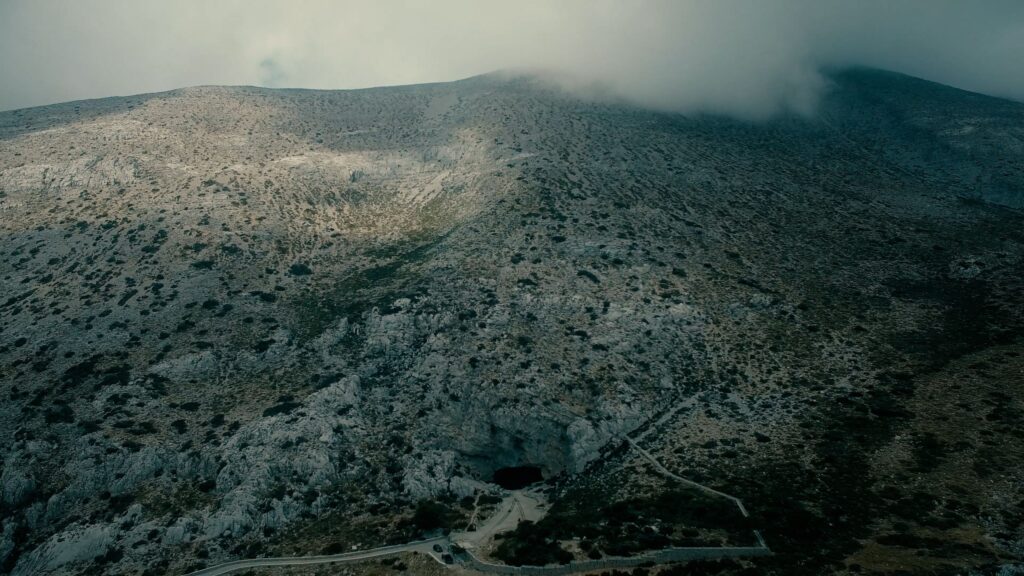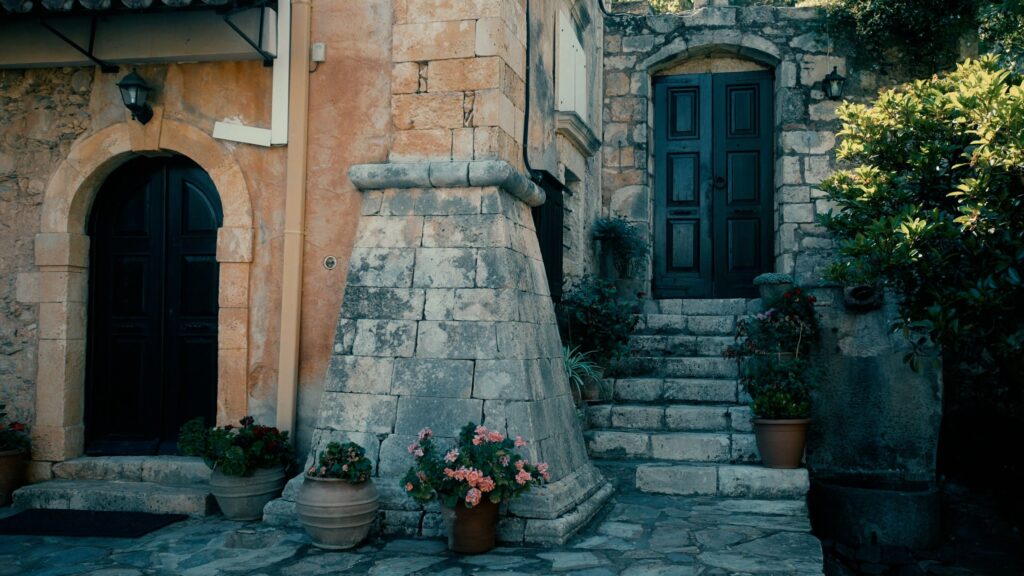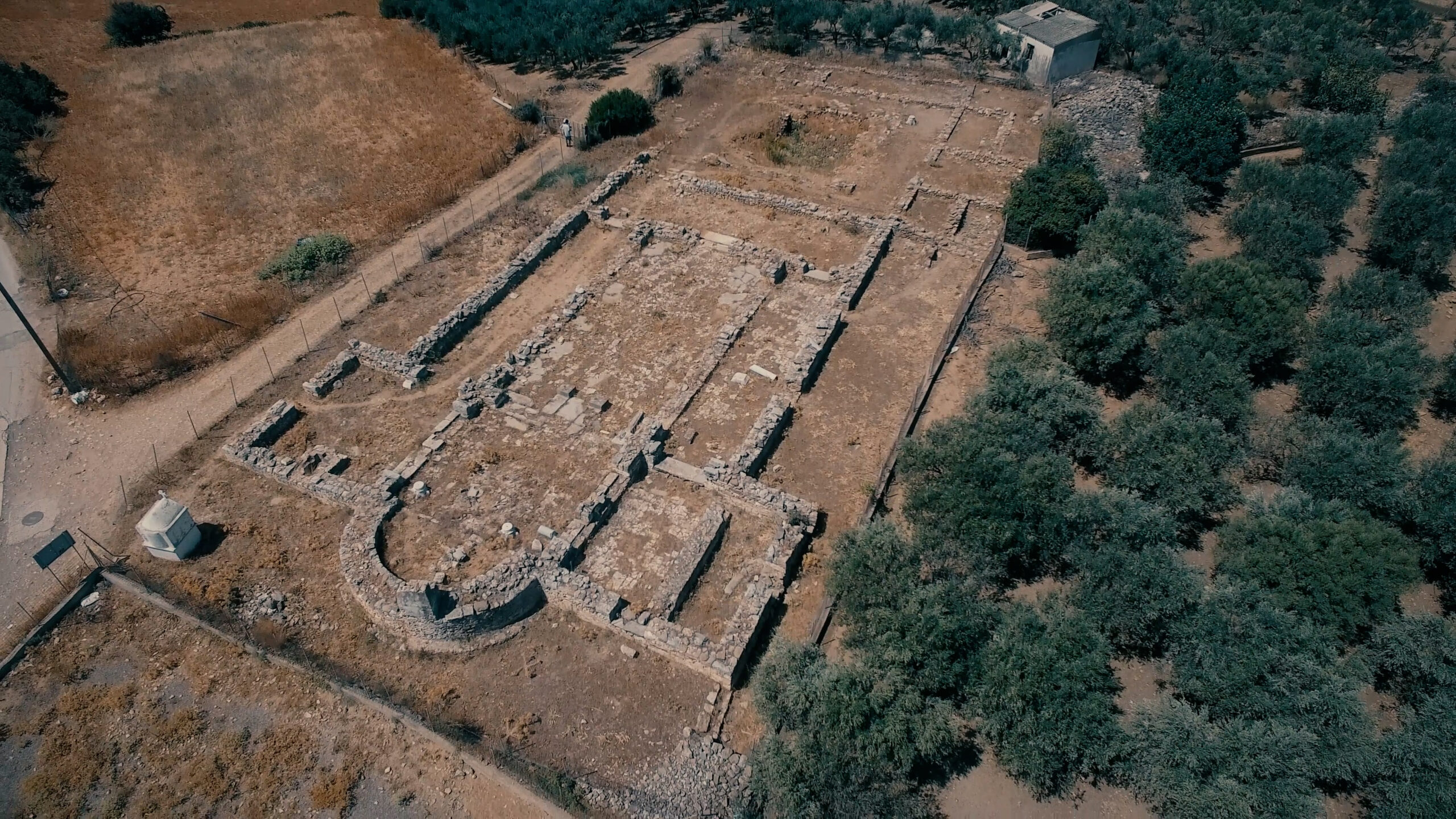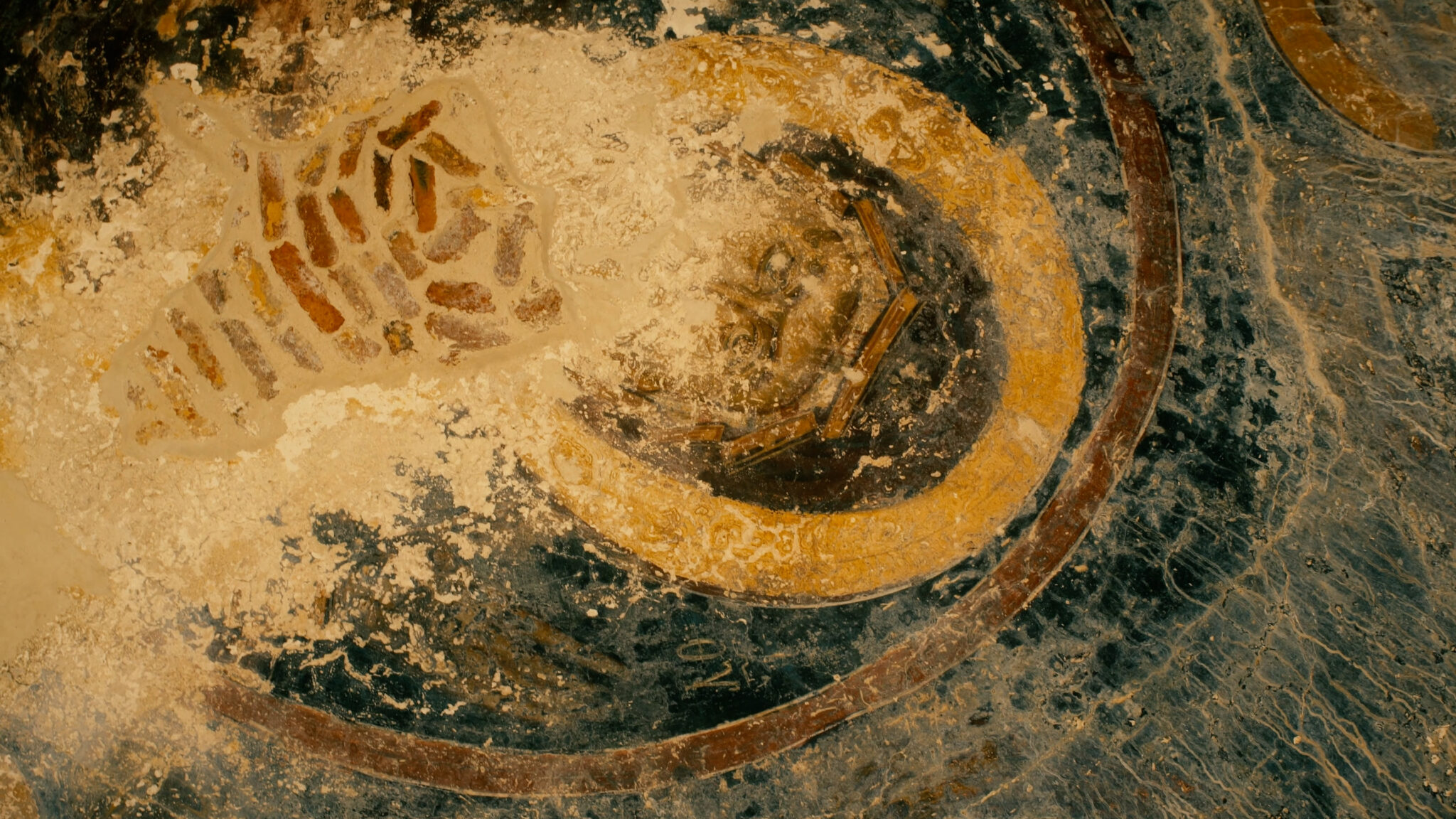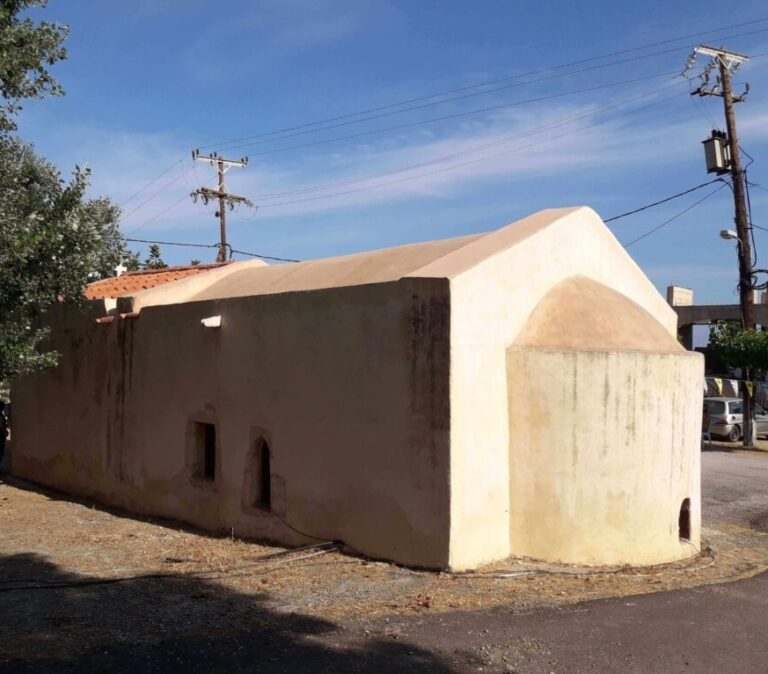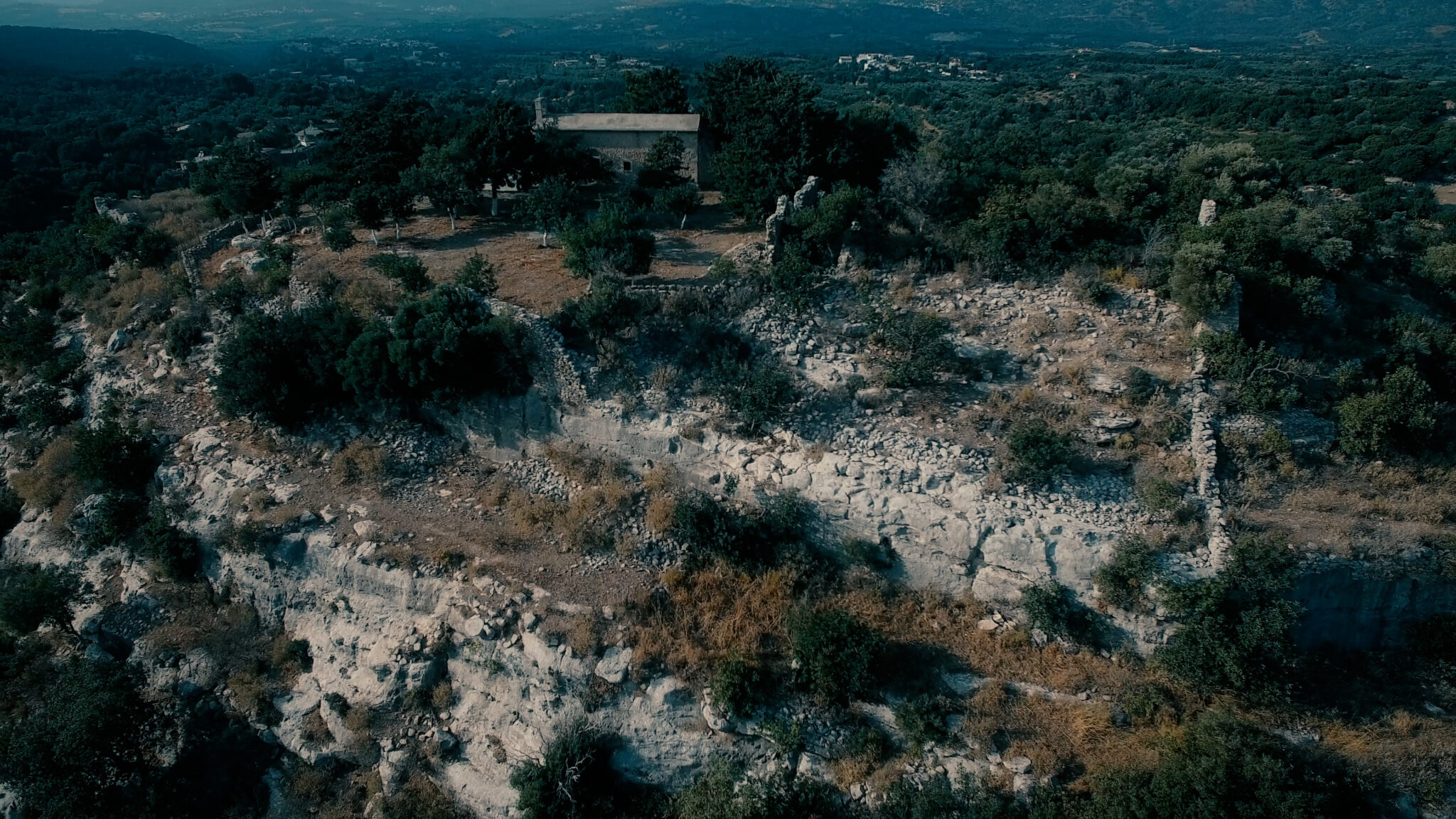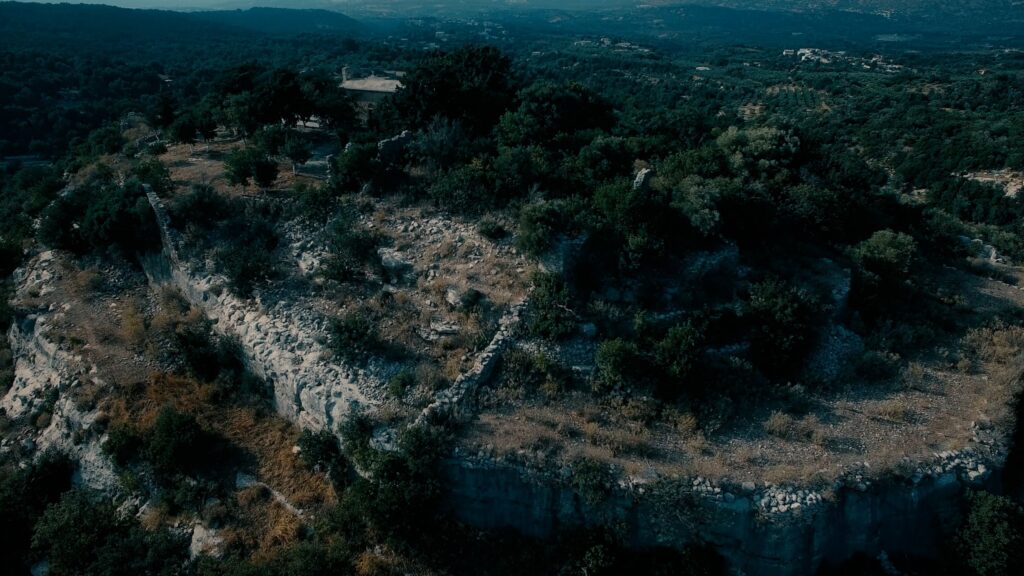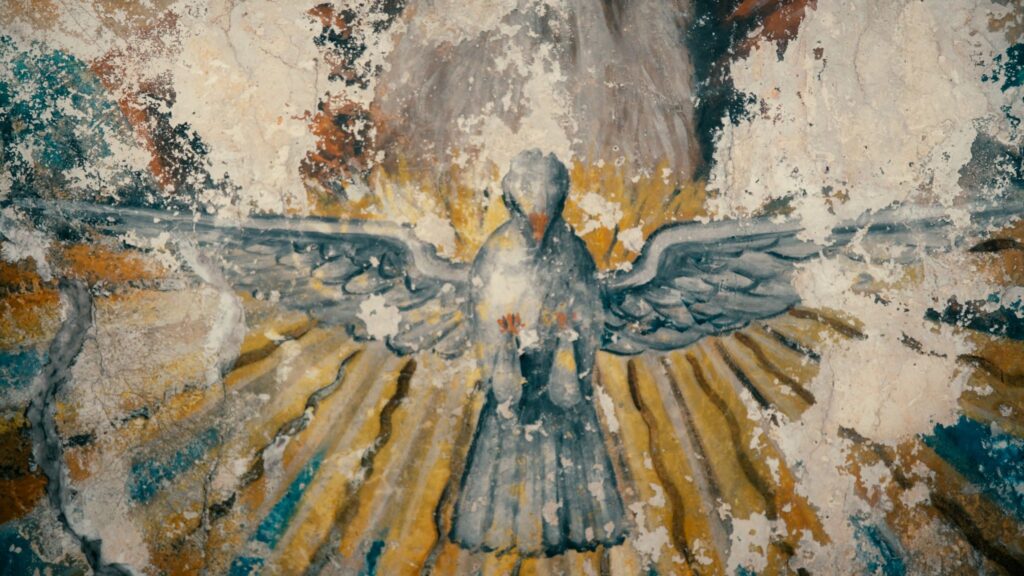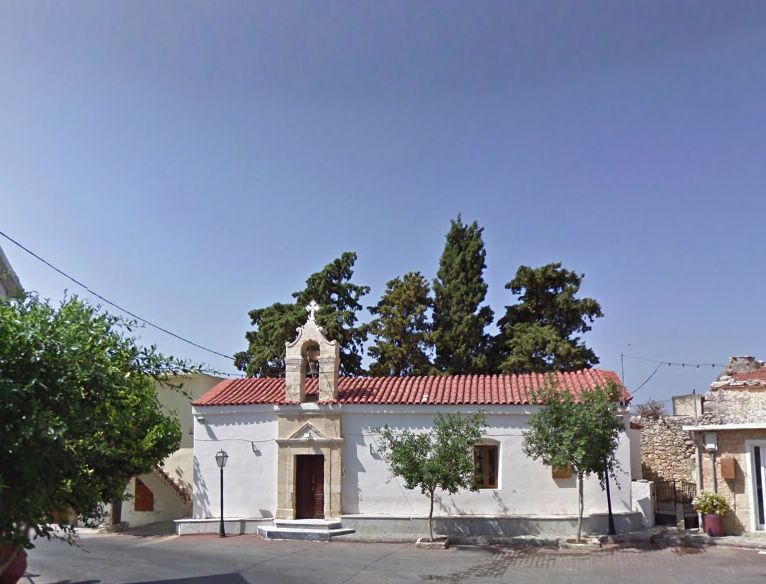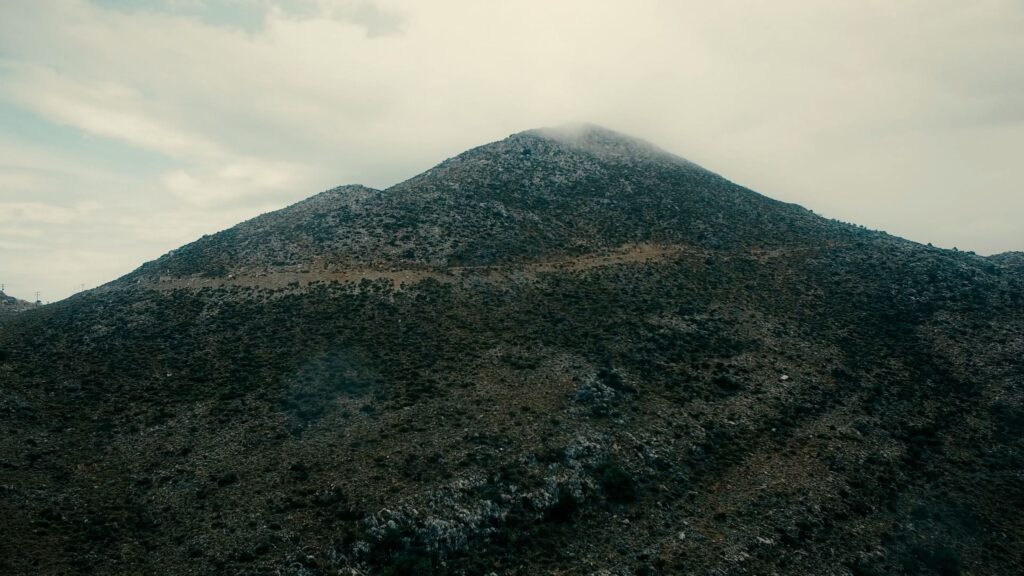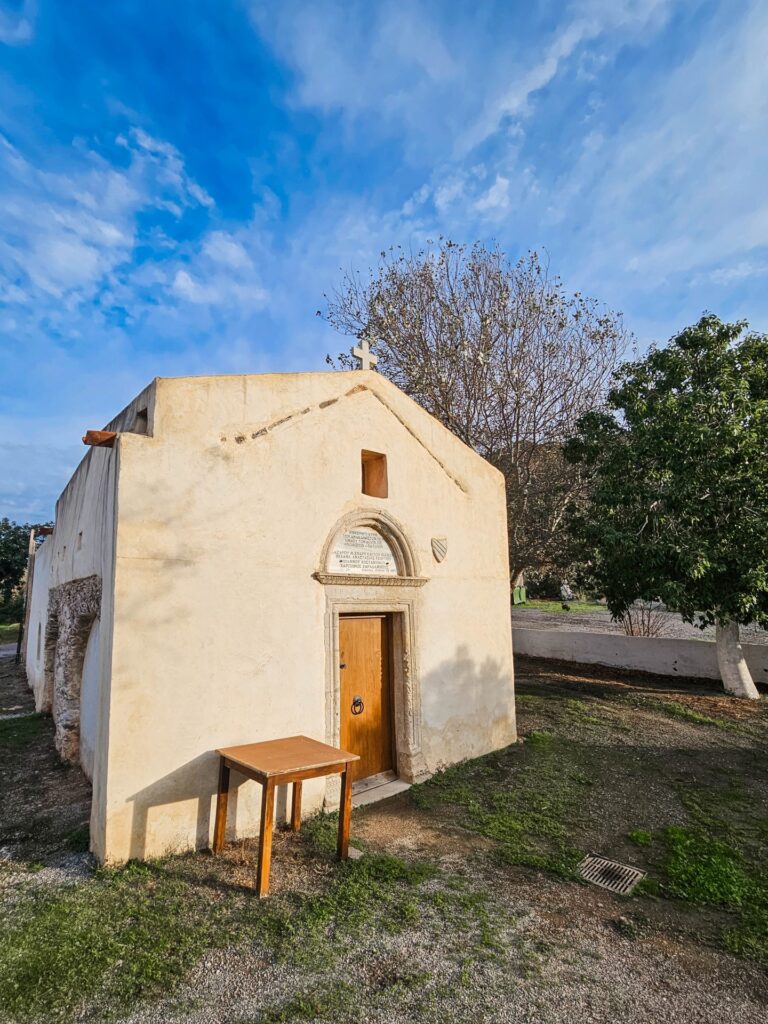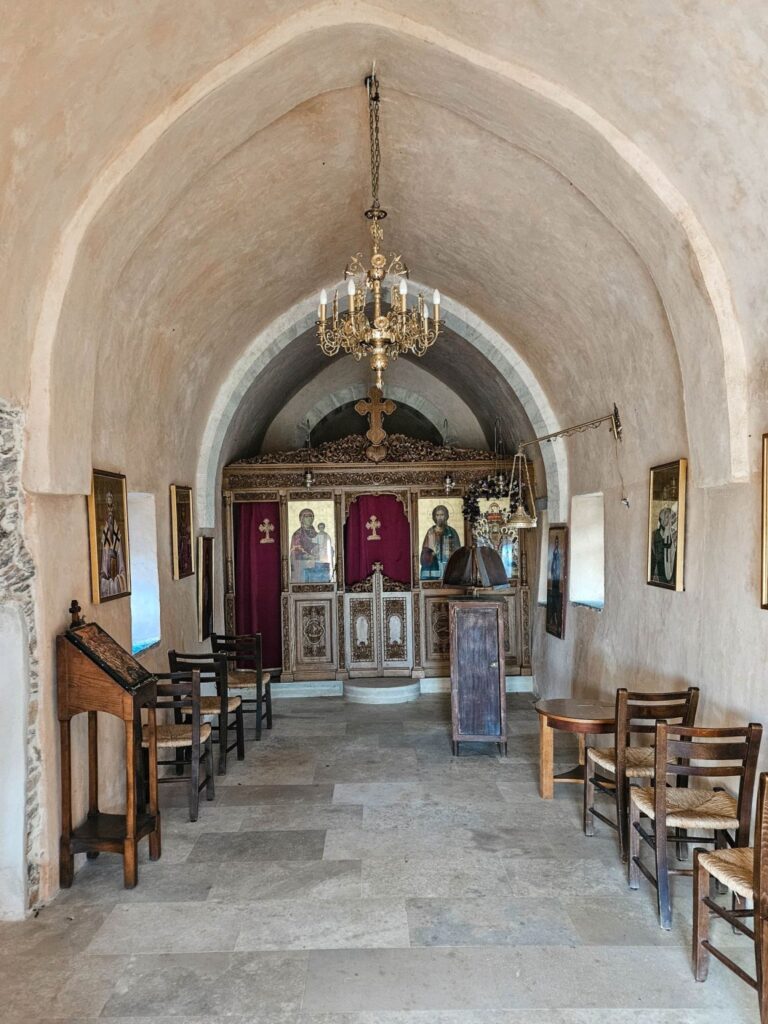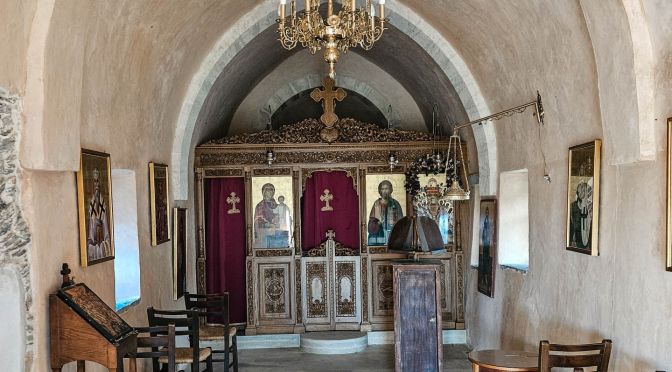Monuments
The Municipality of Mylopotamos has been inhabited since the Neolithic Age continuously until today. It has numerous archaeological sites and monuments to display.
Neolithic Period
The oldest traces of human presence in Mylopotamos are found in caves that were inhabited and used since the Neolithic era (4500 – 3100 BC), such as in the cave of Melidonio and the cave of Sheetoni of the Zonians. Also evidence of very early habitation in settlements comes from the hill of Grivila (or Griovigla or Agios Fanourios) north of Peramas in T.K. Melidoniou and from Panormos, on the hill of Ag. Georgiou.
Minoan Period
During the Minoan Period (3100 – 1070 BC), organized settlements were established both on lowlands or on high ground and on the coast. These settlements each developed their own special character, agricultural and livestock in the hinterland, commercial and industrial on the coast.
Coastal Minoan Settlements
From Panormos to the east, along the northern coastline, in natural coves, the archaeological research has revealed four Minoan settlements: Panagia tou Harakas, Katevati, Kalo Chorafi and Pera Galinos. The residential facilities established in these bays developed a commercial-industrial character and are probably related to port stations or to laboratory facilities connected to the mineral-bearing soils of the area. Their destruction and abandonment is due to intense seismic activity.
Prehistoric Fortified Sites - Thesi Sideros
Towards the end of the Minoan era, during the YM IIIB – YM IIIG period (1300 – 1070 BC), an era characterized by political and social unrest, human presence is recorded in fortified and inaccessible places, such as at Sideros peak in Bali.
Prehistoric Burial Monuments
In the area of Mylopotamos there are burial monuments dating back to the 14th and early 13th centuries. B.C. at a time when the Minoan civilization had received serious influences from the Mycenaean. These are the vaulted tomb of Margarita, the chamber tombs in Angeliana, Kofinas Melidoniou, Humeri and Kalamas.
Historical Times
From the Late-Geometric period (745 – 710 BC), the Cretan cities, following the example of the Greek world, begin to organize themselves into city-states. One of the most important cities of ancient Crete is the city of Oaxos or Axos in the municipality of Mylopotamos.
Roman facilities
Architectural remains of the Roman period have also been identified in Pleuriana Margaritone, Alpha, Apladiana and Humeri. Today’s Pyrovolopetra cape is identified with ancient Astali, which flourished mainly in the Roman period.
Early Christian Period in Crete(33-330)
Christianity as a new religion quite quickly conquered a significant part of the island despite the strong tradition of its pagan religion. The first proselytizing teaching of Christianity in Crete is associated with the apostle Paul and mainly with his disciple, companion and close associate Tito who was the first Bishop of the Church of Crete.
First Byzantine Period (324-827)
With the cessation of persecution and the establishment of secularism, in 313 (Edict of Milan), during the time of Constantine the Great, Christianity is recognized as a free religion and opens a new era for the Christian Church, which has the right to own property and build churches. From the 4th and mainly the 5th and 6th centuries, a large number of Christian churches were built in Crete. An indication of the early spread of Christianity in the area of Mylopotamos are the basilicas that have been preserved in the area.
The Saints of the first Byzantine period of Crete:
In the middle of the 3rd century and during the persecution of the emperor Decius (249 – 250) the Ten Saints were martyred in Gortyna. Among them was Agathopus who came from Panormos Mylopotamos, a fact that shows that Christianity had already spread in the area of Mylopotamos.
The Saints of the first Byzantine period of Crete:
In the middle of the 3rd century and during the persecution of the emperor Decius (249 – 250) the Ten Saints were martyred in Gortyna. Among them was Agathopus who came from Panormos Mylopotamos, a fact that shows that Christianity had already spread in the area of Mylopotamos.
Second Byzantine Period (961-1204)
Medieval Years (13th - 15th century)
In 1204 Crete was ceded to the Venetians who gradually settled on the island. For the geographical and by extension the administrative division of Crete, the Venetians relied on the Byzantine tourma (tourma: the immediately following administrative district), each of which had its own castle. One of them was the tower of Mylopotamos with its castle of the same name in the current settlement of Panormos. Mylopotamos was colonized during the second Venetian colonization of 1222.
